The Ulaid or Ulaidh (singular Ulad or Uladh), were a people of early Ireland who gave their name to the Irish Province of Ulster. They were also 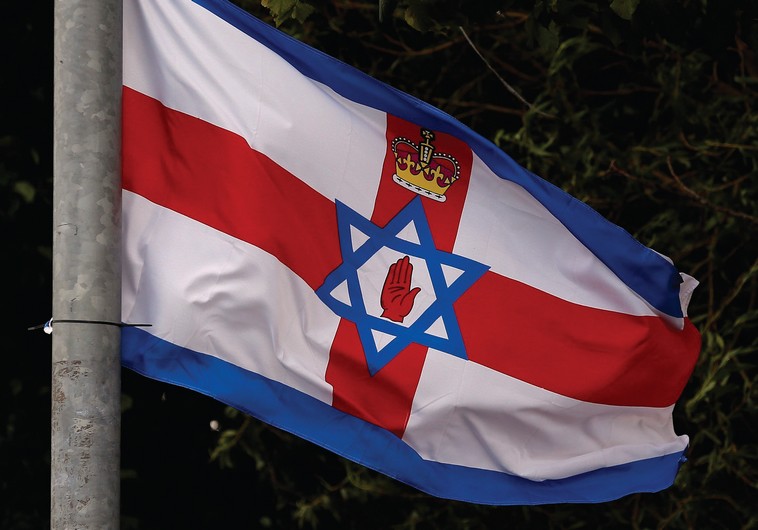 known as the Picts (Painted People) of Ireland and Scotland. The Kings of Ulster were of the Ulaid and Dál Riata who were a branch of the Érainn, also known as the Darini of Ptolemy, which is another name for the Ireland (Érin) royalty.
known as the Picts (Painted People) of Ireland and Scotland. The Kings of Ulster were of the Ulaid and Dál Riata who were a branch of the Érainn, also known as the Darini of Ptolemy, which is another name for the Ireland (Érin) royalty.
These Semitic people had migrated to this land from the East approximately 2,700 years ago and are descendants of the Phoenicians and Greeks, who we also know of today as the Hebrews. Another Ulaid related group were called the “Northern Ui Neill” who rose to power in west Ulster at a later date. They appear to be Vikings who had subjugated or united with the ancient royal families of the Ulaid.
On the other side of the world, there is another tribe with a very similar name to the Ulaid and Ui Neill. They are called the Ouled Nail (Ouled Nayl or Arabic: Awlad Na’il), who are a Berber people that are said to have originated in the “Montes des Ouled.” Their territory is in the Saharan Desert in Algeria, from Biskra to Jelfa.
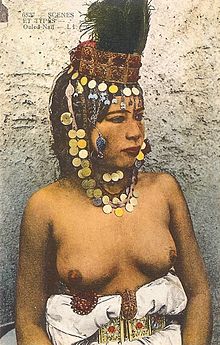 The Ouled Nail have Caucasic features that are far finer than the average European or Caucasian, and are said to be a blend of the Hamites (Egyptian; Arabic) and Semites (Phoenician; Hebrew). One of the main cities of the Ouled Nail is Constantine, Algeria, which is named after emperor Constantine the Great who had rebuilt the city in 313 AD when he had defeated Roman Emperor Maxentius. The city was originally founded by the Phoenicians.
The Ouled Nail have Caucasic features that are far finer than the average European or Caucasian, and are said to be a blend of the Hamites (Egyptian; Arabic) and Semites (Phoenician; Hebrew). One of the main cities of the Ouled Nail is Constantine, Algeria, which is named after emperor Constantine the Great who had rebuilt the city in 313 AD when he had defeated Roman Emperor Maxentius. The city was originally founded by the Phoenicians.
The Constantine connection of the Ouled Nail in Sahara and Algeria is very similar to the Ulaid people of Ireland and Scotland. When you combine Ulaid with Ui Neill it almost matches the tribe of the “Ouled Nail”of Algeria. But the connections do not stop here.
The emperor, Constantine the Great had rebuilt the city in Algeria where the Ouled Nail still live today. Over in Ireland and Scotland, a little while later we have descendants of Constantine in the territory of the Ulaid. Constantine I of Scotland; in Latin “Constantín mac Fergusa” and in English “Constantine son of Fergus” was king of the Picts (or of Fortriu) in modern Scotland, from 789 until 820 and Cusantin mac Aeda who is Constantine II, the king of the Picts who died in 877.
These two tribes not only have very similar names in Ulaid and Ouled, and with both of their leaders being called ‘Constantine’; they both had practiced the ancient art of tattooing as well. The Ulaid of Ireland and Scotland were also known as the Picts (the painted people) because they were heavily tattooed from head to toe. The Ouled Nail of the Sahara had also practiced the art of tattooing, and they actually still tattoo themselves to this very day.
The Ulaid (Picts) religious customs and their secret society were led by a priestly class called the Druid Bards who were the successors of their ancestors, the Phoenician Bards. The Druids were master poets who often concealed their secret teachings orally in their poems and by the time they were 20 years old, they were said to have mastered by memory only, over 20,000 poems. Women were also allowed to be Druids as well. The Druids often held ceremonies sometimes lasting a week-long, involving lots of dancing, partying and sex. The Druids are even alleged to have circular dance parties that had occurred at Stonehenge. This ancient druidical custom of the practice of dancing in a circles around stones or oak trees continues to this day, with the month of May celebrations of dancing around what we call today, the May-pole.
The Ouled Nail women were and still are master dancers, the originators of the belly dance and also poets. They earn their income from dancing and also through the ancient sex trade known as prostitution. The Ouled Nail teach their children these ancient art forms of seduction for an income at a very young age, and in which they still make a living by these means to this very day.
In the early 1900’s, Ted Shawn, the famous American dancer had witnessed the dance of the Ouled Nail and wrote; “It is not a suggestive dance for the simple reason that it leaves nothing to the imagination, and because of this unashamed animality, revolts the average white tourist to the point of being unable to admire the phenomenal mastery which these women have of parts of the body over which have no voluntary control at all.”
Both the Druids of Ulaid and Ouled Nails of the Sahara also had worn similar jewelery during religious ceremonies. The Druids of Gaul, according to Strabo, wore gold necklaces and bracelets. The Ouled Nail women also wear a lot of jewelry such as earings, rings, necklaces made of coins they had earned, and bracelets with 1-2 inch spikes that they used as weapons to protect themselves.
Are all these similarities a coincidence, or is this an actual connection between two tribes of people in two very different areas of the world? I do not know about you, but my intuition and research seems to easily prove the latter.

Moe is the founder of GnosticWarrior.com. He is a father, husband, author, martial arts black belt, and an expert in Gnosticism, the occult, and esotericism.

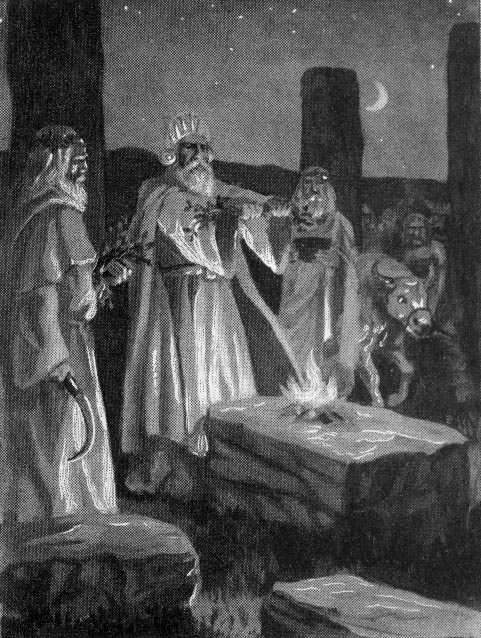
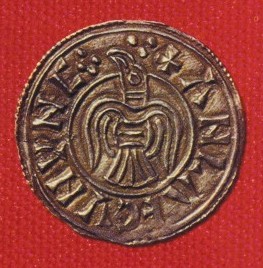
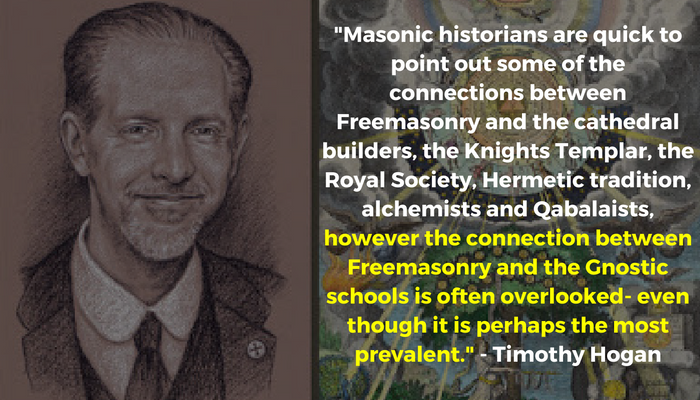
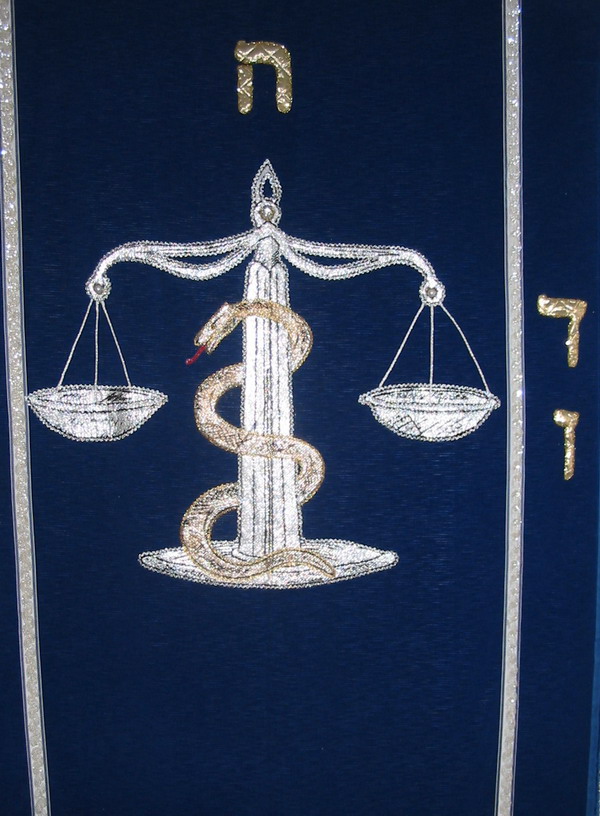

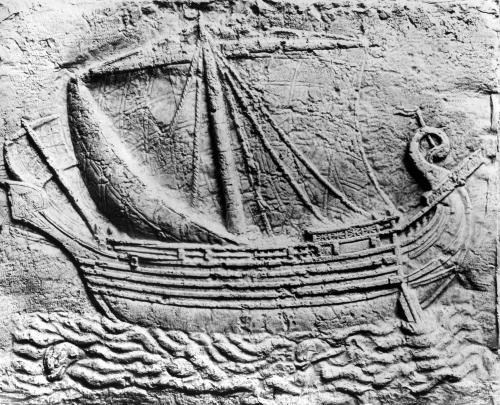
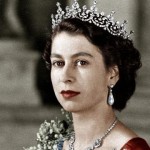
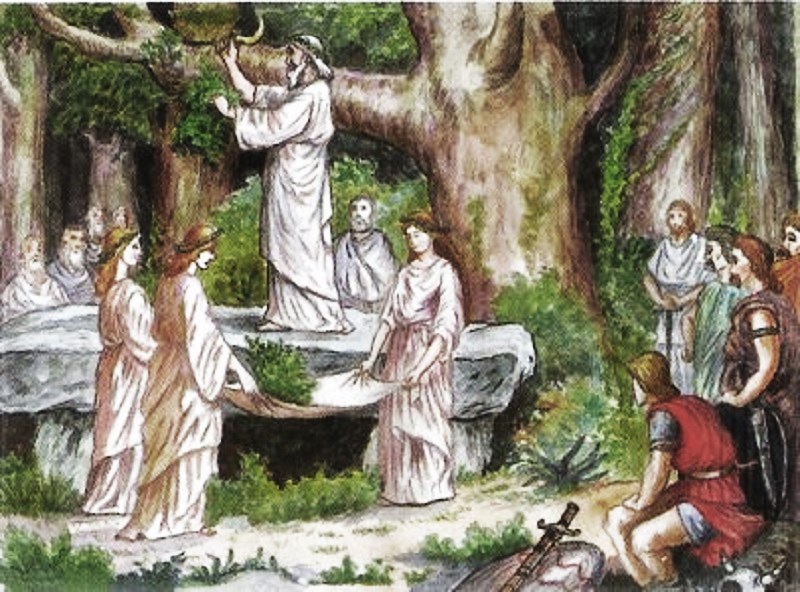
This is very interesting !!! I am an undergraduate student of Anthropology from Texas State University and I want to do my thesis exactly on the relationship between magic and the occult, with the modern spirituality of Berbers of North Africa… which is in essence, Islam mixed with pagan beliefs of their ancestors and of other groups such as the mesopotamians/phoenicians. Shia Islam has served as a proxy between indigenous religions / beliefs and with beliefs stemming from the Abrahamic tradition. As a result we had in the beginning an esoteric path that emphasized on secret societies and mystic knowledge much like the Druids of europe. This path in its origin welcomed beliefs from Hinduism, Zoroastrianism and Kabbalistic Judaism.. it is no wonder why the majority of Shias now are in the South Asian subcontinent and in areas of Iraq where they have a strong conscious of their Sumerian past/identity. The reason I mention this is because North Africa was first introduced to this brand of “Islam” that made it possible for Berbers to retain their polytheistic/nature-oriented beliefs and rtiuals while at the same time adopting ideas from Shiaism ( that centers on the life teachings of the Prophet Muhammad’s descendants such as Hussein who was martyred at Karbala,Iraq and the mystic teachings about the universe and God that came along with them..) Later after the Banu Hilal invasions and the Sunni-led expeditions of the Ommayad empire ( the same entity that oppressed Shiites and its ideology since its inception) the nature of religious practice in North Africa changed greatly. Now, North Africans may attribute their mystic practices to Sufism, but in reality, Sufism itself is a plagiarized version of the teachings within Shia Islam. The school of thought that I want to research more about is on “Maraboutism” that began by Shiites in North Africa but later through “taqiya” ( concealing of beliefs for protection) this school of though was adopted by Berber Sunnis, but even after the Shia-Sunni paradigm shift of North African berbers, esoteric concepts of magic and the occult made its way in their modern practices of Islam.
At the moment I am researching a new history of Ireland and Indeed I would not rule out that there is a connection . The dna of Tutenkhamun matches most closely that of Ireland . Pythagoris said that he learnt all he knew from the Druids of Ireland . Also Tuathal Teachtmhar, High King of Ireland invaded much of europe and the northern Sahara. Thank you for this interesting theory.